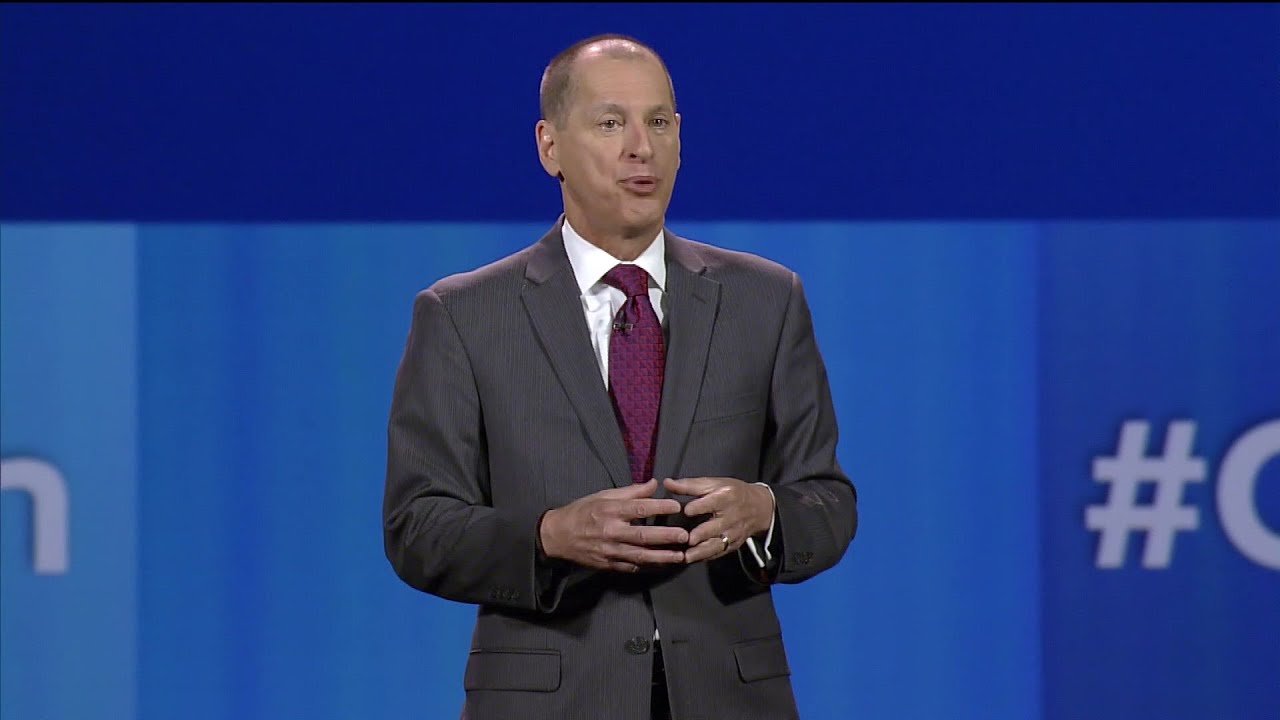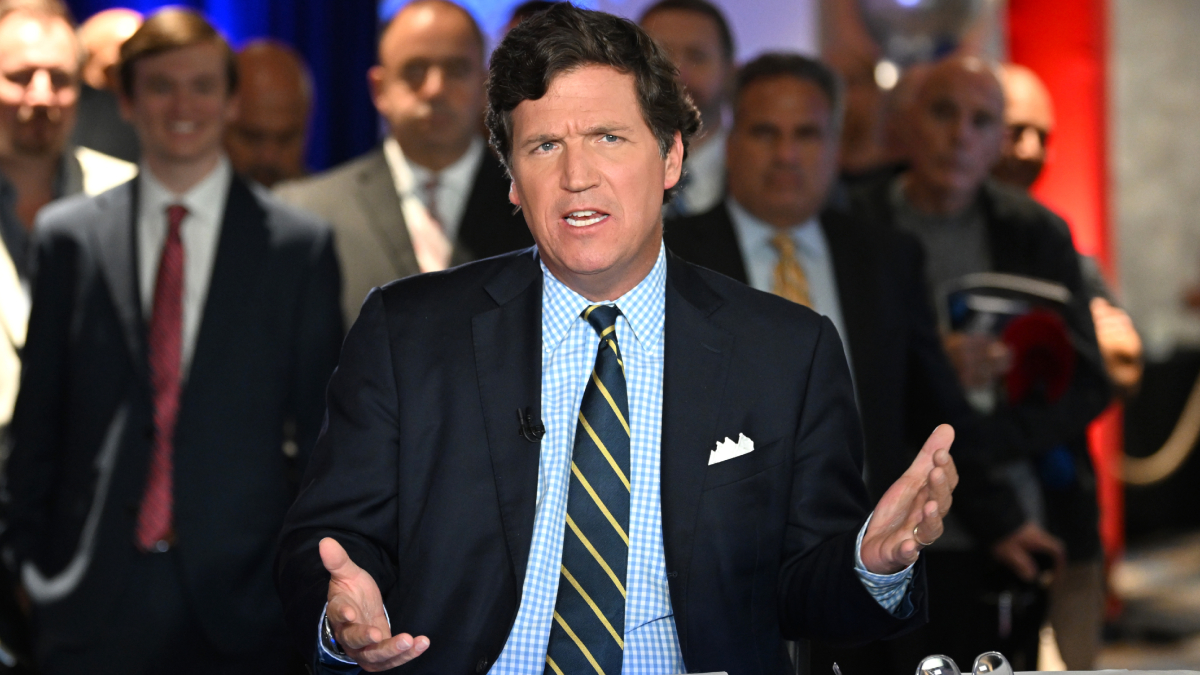Trump On Ukraine And NATO: A Critical Analysis

Table of Contents
Trump's Pre-Presidency and Early Presidency Stances on Ukraine and NATO
Skepticism towards NATO's Utility
During his campaign and early presidency, Trump frequently expressed skepticism about the North Atlantic Treaty Organization (NATO). His views on the alliance were characterized by a consistent questioning of its value and the commitment of its members.
- Questioned the financial contributions of NATO allies: Trump repeatedly criticized European nations for not meeting their agreed-upon financial commitments to NATO, suggesting that the US was carrying an unfair burden. He frequently referred to NATO as a "one-way street."
- Suggested a potential withdrawal of the US from NATO: While never explicitly stating he would withdraw, Trump’s rhetoric often implied a willingness to consider such a drastic step, sending shockwaves through the alliance and raising concerns about its future.
- Expressed doubts about the alliance's effectiveness: Trump questioned NATO's relevance in the face of emerging threats, particularly from Russia and terrorism, suggesting that it was an outdated organization ill-equipped for modern challenges.
These statements, often made during rallies and interviews, created uncertainty among allies and fueled concerns about the future of transatlantic security cooperation. The context of these statements must be understood within the framework of Trump's broader "America First" foreign policy agenda and the domestic political climate at the time. His pronouncements on NATO were often met with criticism from both Republicans and Democrats, highlighting the deep divisions within the US regarding its role in global alliances.
Ambivalent Relationship with Ukraine
Trump's relationship with Ukraine was marked by ambiguity and hesitancy. His actions and statements regarding Ukraine frequently clashed with the established consensus among US allies and policymakers.
- Hesitation to provide military aid to Ukraine: Trump's administration faced accusations of delaying or withholding military aid to Ukraine, ostensibly to pressure Ukrainian President Volodymyr Zelenskyy to investigate his political rivals. This delay, documented in various investigations and reports, had significant implications for Ukraine's defense capabilities.
- Perceived reluctance to strongly condemn Russian aggression: Trump's reluctance to openly and forcefully condemn Russian aggression in Crimea and eastern Ukraine was a significant point of contention. This perceived soft stance toward Russia was interpreted by many as emboldening Moscow's actions.
- Criticisms of the Obama administration's Ukraine policy: Trump frequently criticized the Obama administration's handling of the situation in Ukraine, suggesting that it had been too passive and had failed to adequately address Russian aggression.
The investigations surrounding Trump's interactions with Ukrainian officials, including the impeachment inquiry in 2019, further highlighted the complexity and controversy surrounding his approach to Ukraine. The implications of these actions continue to be debated and analyzed by experts and policymakers.
Impact of Trump's Policies on Ukraine and NATO
Weakening of NATO Cohesion
Trump's rhetoric and actions regarding NATO had a palpable impact on the alliance's cohesion and effectiveness.
- Impact on transatlantic relations: Trump’s frequent criticism of NATO allies and his questioning of the alliance's fundamental purpose strained transatlantic relations, creating uncertainty and distrust among member states.
- Potential for decreased military cooperation among allies: The uncertainty surrounding the US commitment to NATO potentially decreased military cooperation among allies, impacting joint exercises, intelligence sharing, and overall readiness.
- Emboldening of Russia and other adversaries: Trump's actions and statements were perceived by many as emboldening Russia and other adversaries, who saw an opportunity to exploit the divisions within the alliance and challenge the existing geopolitical order.
The effects on NATO's military exercises, intelligence-sharing mechanisms, and diplomatic initiatives were noticeable. European allies responded with a mixture of concern, reassurances of their commitment to the alliance, and increased efforts to strengthen European defense cooperation, independent of the US.
Shifting Geopolitical Dynamics in Eastern Europe
Trump's approach to Ukraine and NATO significantly shifted the geopolitical dynamics in Eastern Europe.
- Increased Russian assertiveness in the region: The perception of a weakened NATO and a less assertive US under Trump emboldened Russia, leading to increased assertiveness in the region. This included military buildup, disinformation campaigns, and continued support for separatists in eastern Ukraine.
- Impact on the security of Ukraine and neighboring countries: Ukraine and its neighbors faced increased security threats as a result of Russia's actions, further exacerbated by the perceived lack of strong US support. This heightened insecurity impacted regional stability and created a climate of uncertainty.
- Changes in the balance of power: Trump's policies contributed to a shift in the balance of power in Eastern Europe, potentially favoring Russia and undermining the security architecture that had been established after the Cold War.
Specific instances of Russian actions, such as increased military activity near the Ukrainian border, cyberattacks, and disinformation campaigns, can be directly linked to the period of Trump’s presidency. These events demonstrate the tangible consequences of his policies on regional security.
Domestic Political Considerations and Trump's Approach
"America First" Ideology and its Influence
Trump's foreign policy decisions were heavily influenced by his "America First" ideology.
- Prioritization of national interests above international alliances: This philosophy prioritized US national interests above international alliances and commitments, leading to a reevaluation of long-standing partnerships and alliances.
- Criticisms of global commitments: Trump frequently criticized global commitments and international organizations, arguing that they imposed undue burdens on the US and did not adequately reflect its interests.
- Potential benefits and drawbacks of this approach: While the "America First" approach resonated with a segment of the US population, it also alienated allies and potentially weakened the US's global influence and its ability to address international challenges effectively.
The analysis of Trump's foreign policy requires a thorough understanding of the domestic political context and the support he received for his "America First" agenda. This approach had a deep impact not only on relations with Ukraine and NATO but also on the broader perception of the US's role in the world.
Public Opinion and Media Coverage
Public opinion and media coverage played a significant role in shaping perceptions and influencing policy decisions.
- Public perception of Trump's views on Ukraine and NATO: Public opinion on Trump's views on Ukraine and NATO was sharply divided, reflecting the polarized political climate in the US.
- Media portrayal of his policies: The media portrayed Trump's policies on Ukraine and NATO in varying ways, ranging from critical to supportive, contributing to the ongoing debate and influencing public perception.
- Impact of public discourse on policy decisions: The public discourse surrounding Trump's policies undoubtedly had an impact on policy decisions, forcing the administration to respond to criticism and adjust its approach, although not always significantly.
Polling data and media analyses reveal significant fluctuations in public support for Trump’s policies towards Ukraine and NATO. The media's role in shaping the narrative around these issues cannot be overstated.
Conclusion
Trump's approach to Ukraine and NATO was marked by inconsistency, skepticism, and a prioritization of "America First" principles. His policies, characterized by questioning the value of NATO, hesitant support for Ukraine, and a perceived reluctance to confront Russian aggression, had significant repercussions for transatlantic relations and the security landscape in Eastern Europe. The weakening of NATO cohesion, increased Russian assertiveness, and a shift in the regional balance of power are among the lasting consequences of his presidency. Understanding Trump’s legacy on Ukraine and NATO requires analyzing the interplay between his domestic political priorities and his foreign policy decisions. Further research into the long-term impacts of his actions on the relationship between the US, Ukraine, and NATO is essential for navigating the complex geopolitical challenges that persist. Continued critical analysis of Trump's actions and their impact on the relationship between the US, Ukraine, and NATO is crucial for informed decision-making regarding future US engagement in the region and the maintenance of international stability.

Featured Posts
-
 Trump Tariffs Ceo Warnings Of Economic Uncertainty And Consumer Anxiety
Apr 26, 2025
Trump Tariffs Ceo Warnings Of Economic Uncertainty And Consumer Anxiety
Apr 26, 2025 -
 Auto Carrier Faces 70 Million Loss From Us Port Fees
Apr 26, 2025
Auto Carrier Faces 70 Million Loss From Us Port Fees
Apr 26, 2025 -
 Turning Poop Into Prose An Ai Powered Podcast Revolution
Apr 26, 2025
Turning Poop Into Prose An Ai Powered Podcast Revolution
Apr 26, 2025 -
 Ray Epps Sues Fox News For Defamation Over January 6th Claims
Apr 26, 2025
Ray Epps Sues Fox News For Defamation Over January 6th Claims
Apr 26, 2025 -
 Geopolitical Showdown A Key Military Base And The Us China Power Struggle
Apr 26, 2025
Geopolitical Showdown A Key Military Base And The Us China Power Struggle
Apr 26, 2025
Latest Posts
-
 Federal Charges Filed Against Individual Accused Of Multi Million Dollar Office365 Data Breach
Apr 27, 2025
Federal Charges Filed Against Individual Accused Of Multi Million Dollar Office365 Data Breach
Apr 27, 2025 -
 Exec Office365 Breaches Net Millions For Crook Feds Allege
Apr 27, 2025
Exec Office365 Breaches Net Millions For Crook Feds Allege
Apr 27, 2025 -
 A Conversation With Microsofts Design Leader The Future Of Ai And Humanity
Apr 27, 2025
A Conversation With Microsofts Design Leader The Future Of Ai And Humanity
Apr 27, 2025 -
 How Microsoft Designs For The Human In The Ai Age
Apr 27, 2025
How Microsoft Designs For The Human In The Ai Age
Apr 27, 2025 -
 Microsoft On Human Ai Collaboration A Design Perspective
Apr 27, 2025
Microsoft On Human Ai Collaboration A Design Perspective
Apr 27, 2025
